Cleaning & Disinfection, Knowledge Base
Microfiber Wipes in Healthcare and Pharmaceutical Cleanrooms
In the second installment of this series, we focused on cleanroom maintenance and industry standards while discussing key compliance factors for cleanroom wipes. Now, let’s examine the various ways to use them in healthcare and pharmaceutical environments. We will also provide an overview of Berkshire’s MicroPolx® family of wipes and how the newest member, MicroPolx® 1900, integrates into your cleaning protocols.
Microfiber Wipes in Healthcare and Pharmaceutical Cleanrooms
Microfiber cleanroom wipes are crucial in healthcare and pharmaceutical environments due to their effective contamination control. They are used in various ways:
Pharmaceutical Manufacturing: In sterile product manufacturing facilities, microfiber wipes are essential for cleaning equipment, filling machines, isolator gloveboxes, tabletops, ceilings, floors, and cleanroom walls. Operators use microfiber wipes in combination with sterile 70% isopropyl alcohol (IPA) to wipe surfaces before aseptic processing, eliminating particulate and microbial contaminants. These wipes aid in spill control, absorbing spills without spreading contamination, and are gentle enough to avoid scratching sensitive surfaces.
Biotech and Laboratory Settings: In laboratory cleanrooms like cell therapy labs or compounding pharmacies, microfiber wipes help maintain ISO Class 5-7 environments. Technicians use them to clean laminar flow hoods and analytical equipment, effectively removing fingerprints and oils. They are particularly useful for picking up fine powder residues to prevent cross-contamination.
Hospital and Healthcare Facilities: Hospitals, particularly compounding pharmacies adhering to USP <797> and <800> standards, utilize cleanroom-grade microfiber wipes to disinfect isolators and critical surfaces. These wipes improve cleaning efficacy and effectively remove microbes, thereby helping protect patients from contamination in compounding products. They are also used in medical device reprocessing to ensure devices are free of lint and particles before packaging.
Overall, microfiber cleanroom wipes enhance cleanliness by promoting frequent and effective cleaning without leaving residues.
Regular use as part of a cleaning Standard Operating Procedure (SOP) helps maintain low particle counts and prevent contaminants, supporting compliance with ISO and Good Manufacturing Practice (GMP) standards. Healthcare and pharmaceutical facilities can confidently achieve high cleanliness levels by employing microfiber wipes without introducing additional contamination.
Berkshire’s Microfiber Cleanroom Wipes – Focus on MicroPolx® 1900
Choosing the right microfiber wipe for critical environments is essential, and Berkshire Corporation is a leader in this field, offering a range of microfiber cleanroom wipes under the MicroPolx® brand. These wipes are specifically designed for controlled environments to maximize cleaning performance. The newest addition is the MicroPolx 1900, which balances cleanliness and efficiency, making it ideal for healthcare and pharmaceutical applications.
The MicroPolx® Wipe Range:
- MicroPolx® 1100 is a 100% polyester micro denier knit wipe known for its ultimate purity (no nylon) and laundered in ISO Class 4. It offers three times the fiber surface area of standard wipes, making it ideal for low-particle generation applications where solvent use is acceptable.
- MicroPolx® 1900 is a polyester/nylon microfiber knit that offers greater absorbency and wiping power, making it suitable for high-grade areas (ISO Class 5+).
- MicroPolx® 2750 is a heavier polyester/nylon knit wipe with a very high sorption capacity. It features eight times the filaments of standard wipes. Recommended for ISO Class 4 and above, it’s perfect for semiconductor and pharmaceutical applications needing maximum absorbency.
- MicroPolx® 4000-HP is a premium polyester/nylon blend designed for ultra-critical tasks. Laundered in ISO Class 4, it’s favored in microelectronics and aerospace and is suited for sensitive cleaning processes.
Most MicroPolx® wipes are cleanroom-laundered and packaged to ensure low endotoxin, particle, and bioburden levels. They feature sealed edges to reduce loose fibers. This variety enables facilities to select the most suitable microfiber wipe for their specific cleaning requirements.




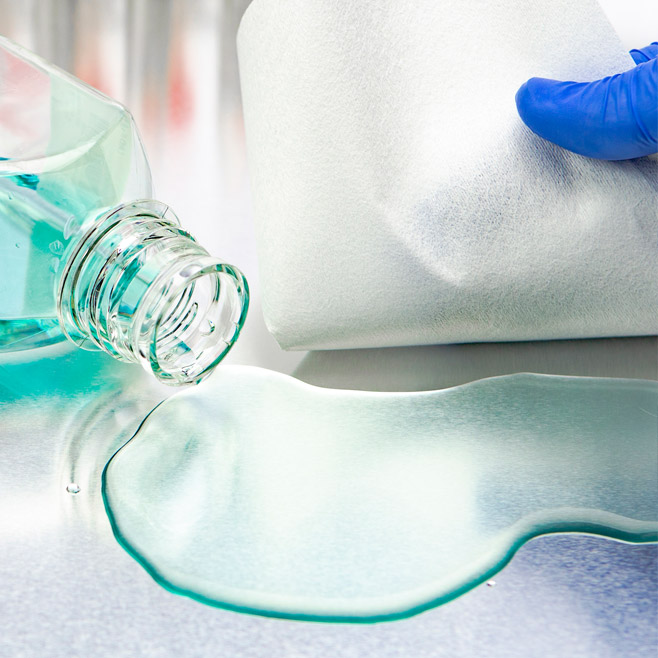
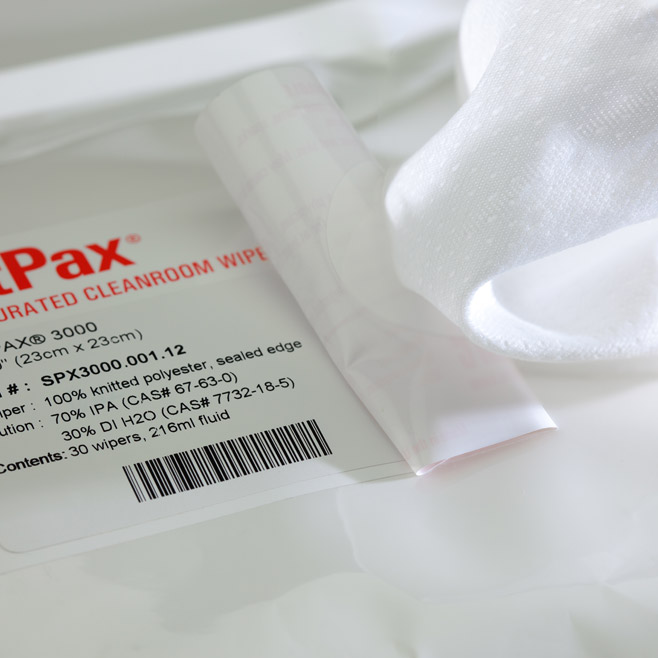
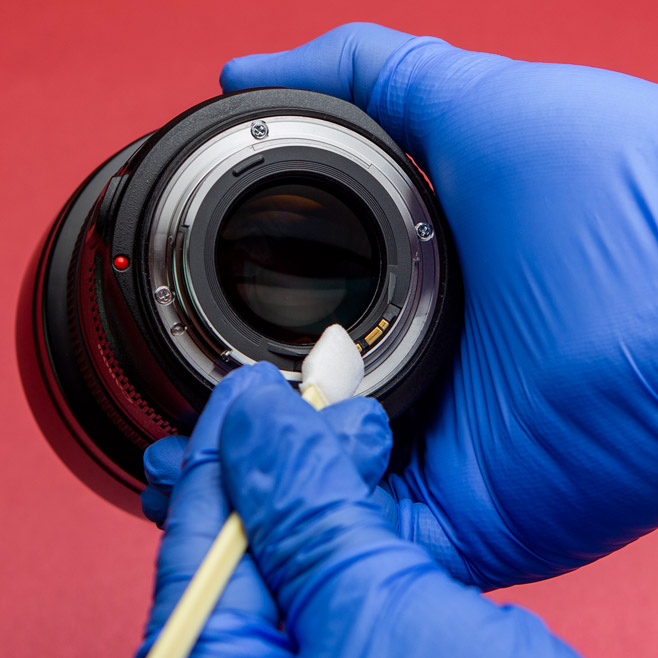
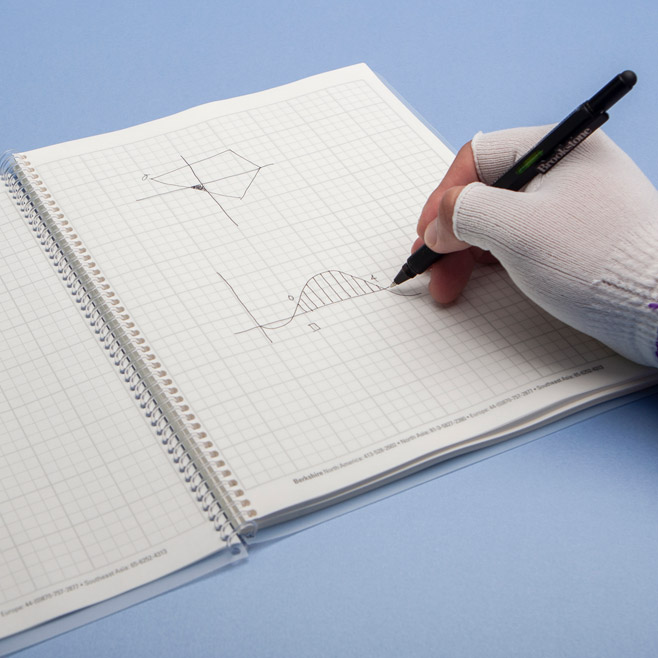
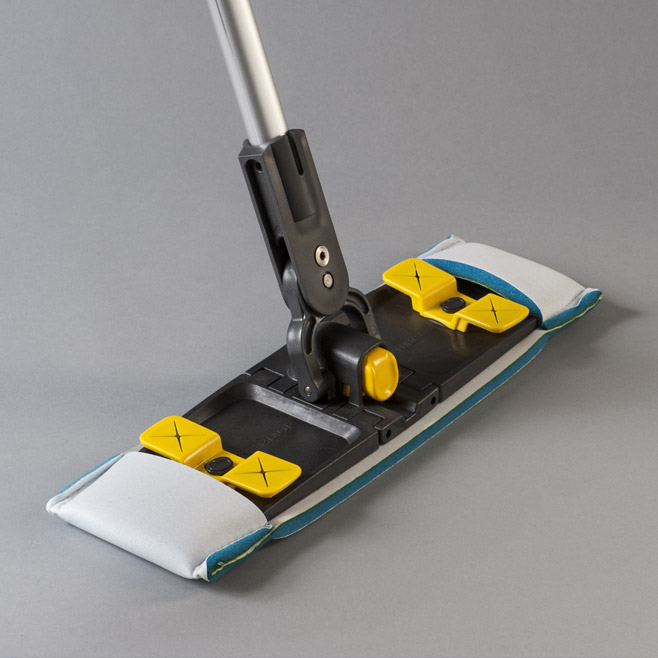
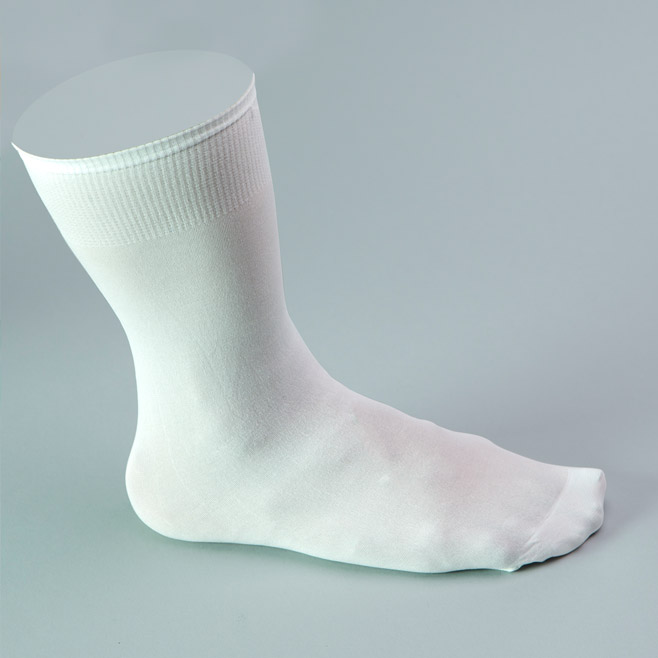
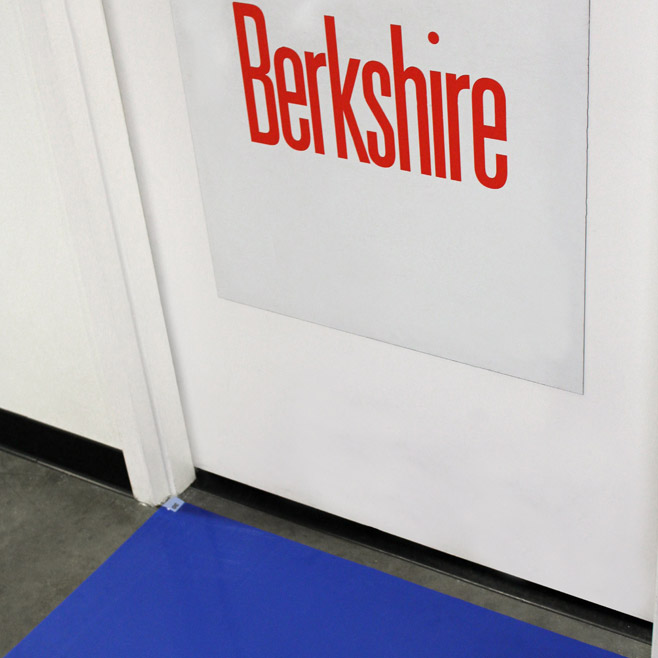


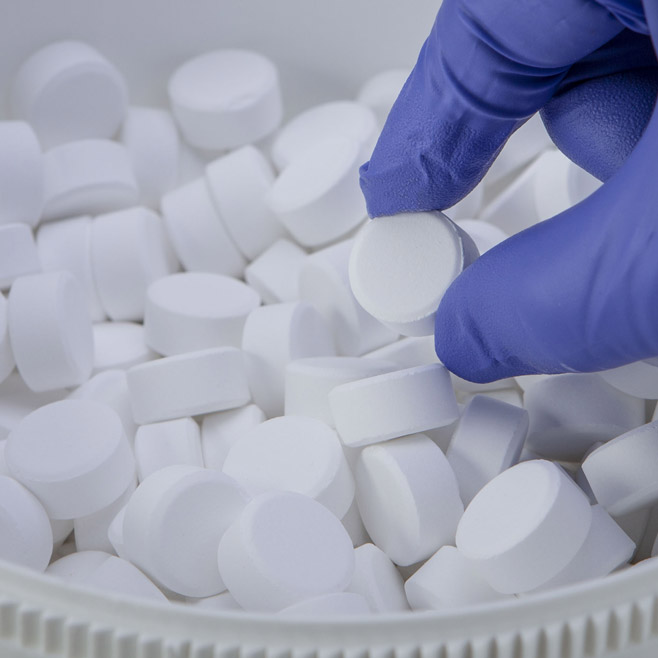
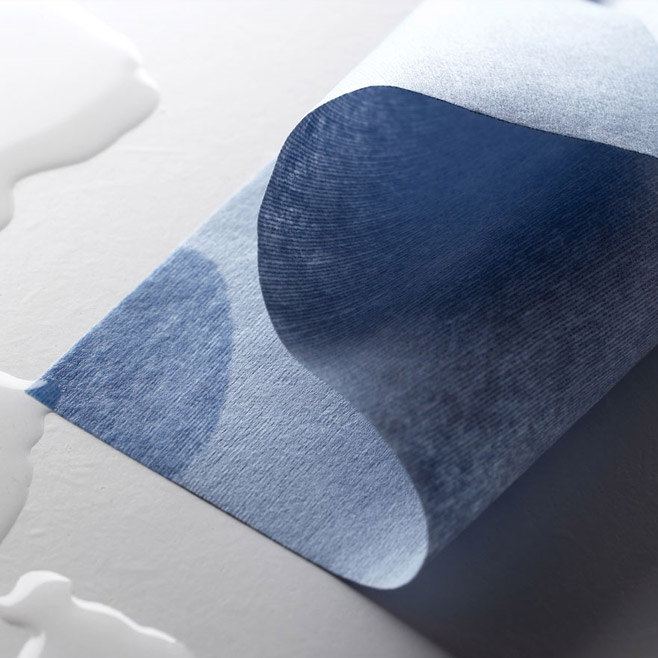
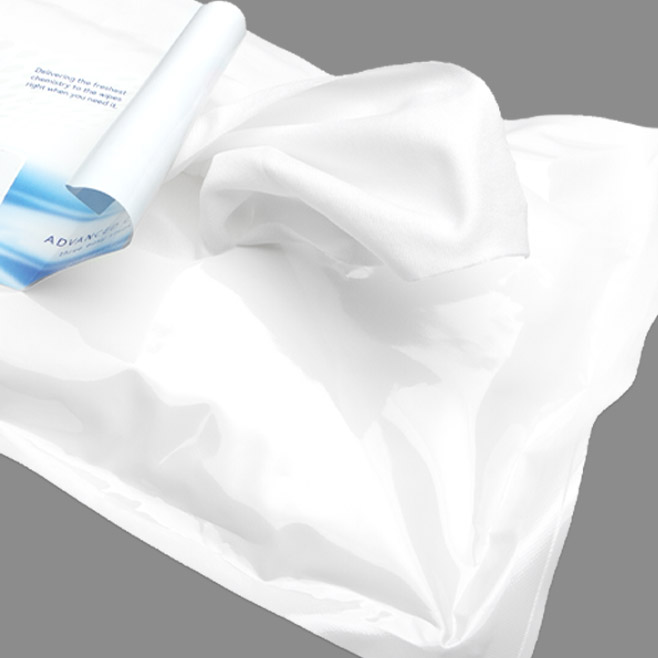



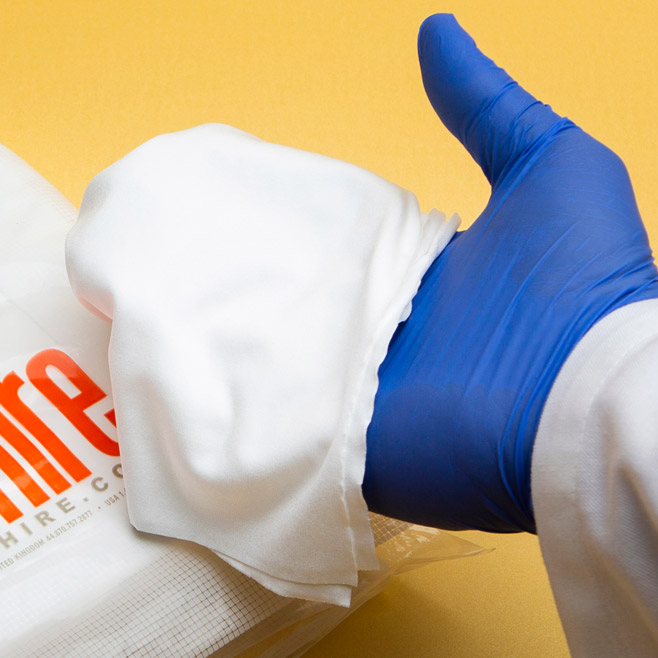
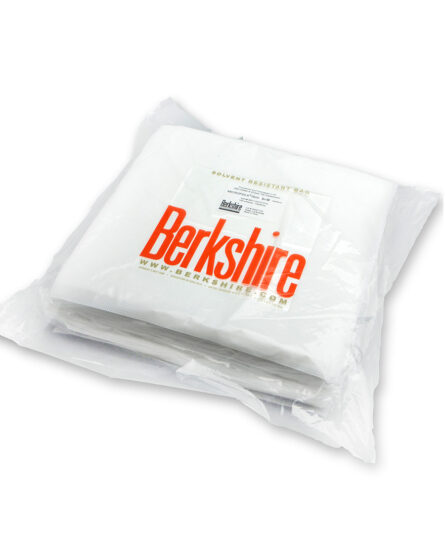
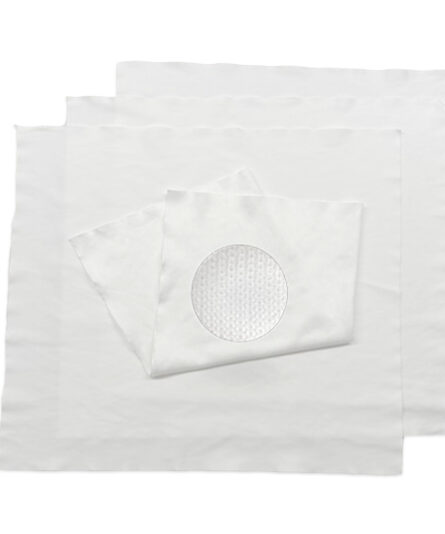
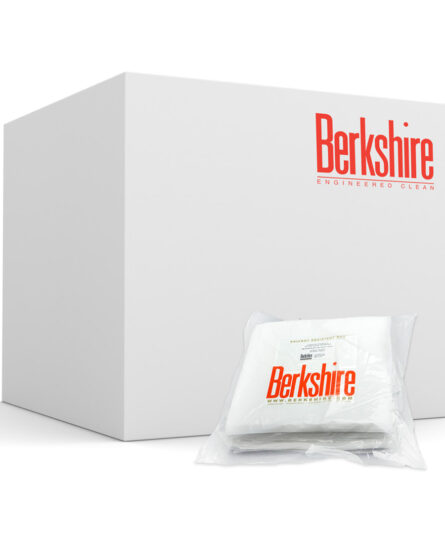
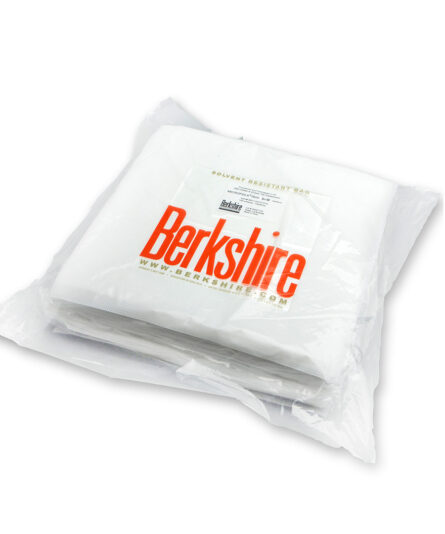
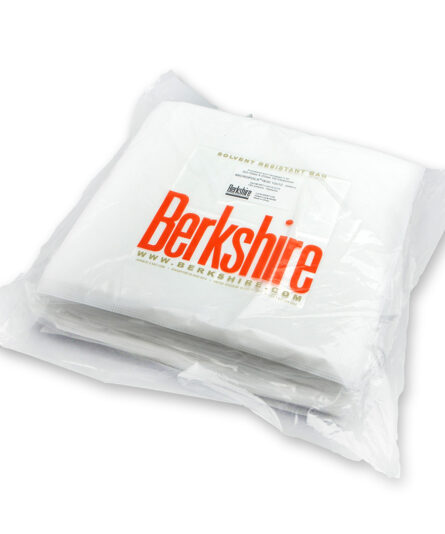
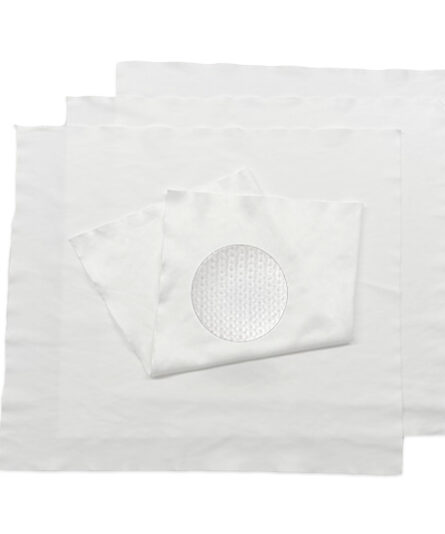
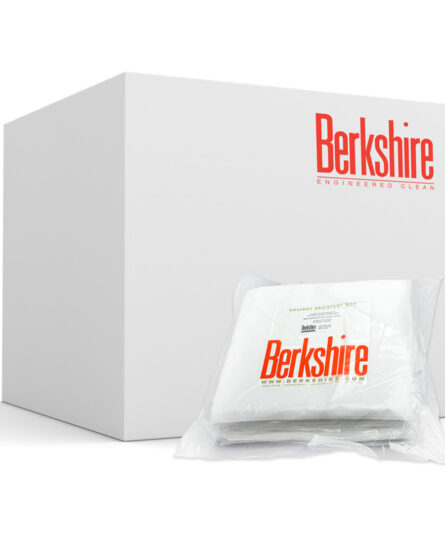
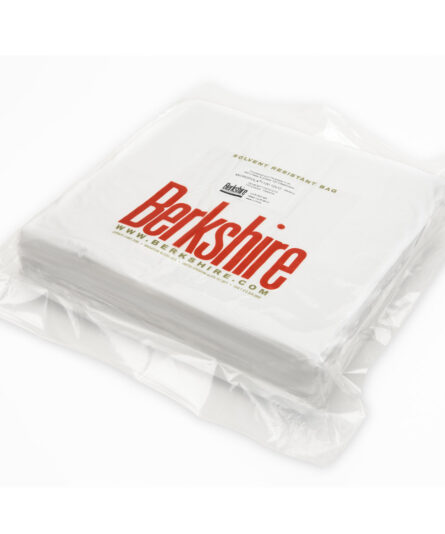
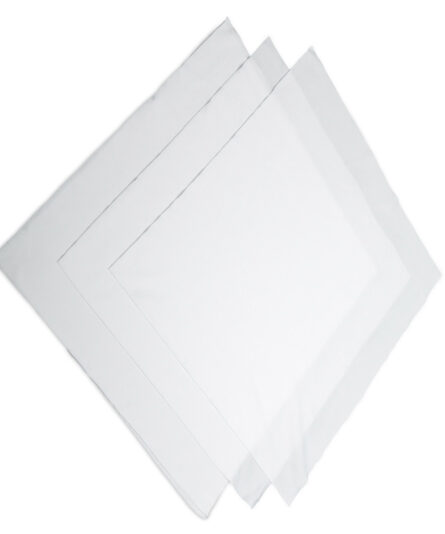
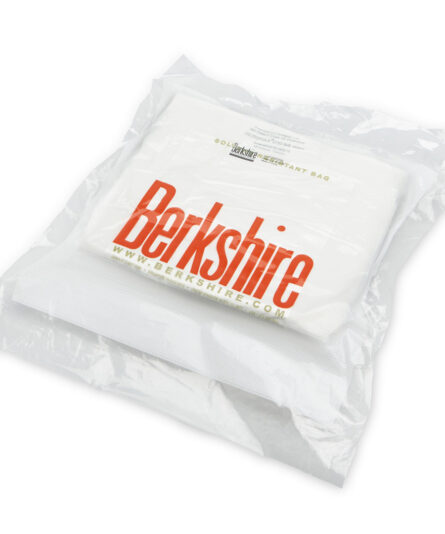
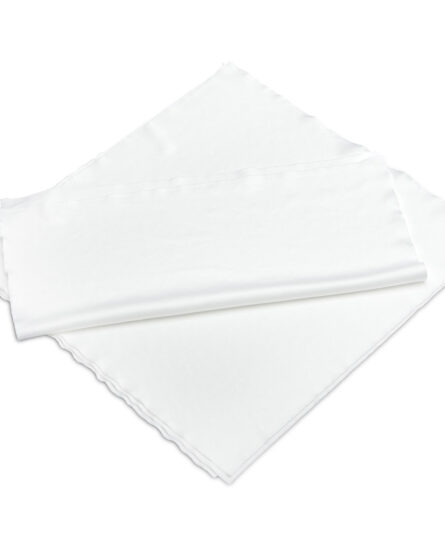
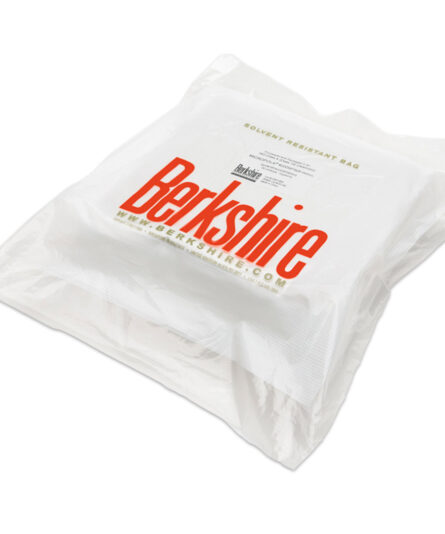
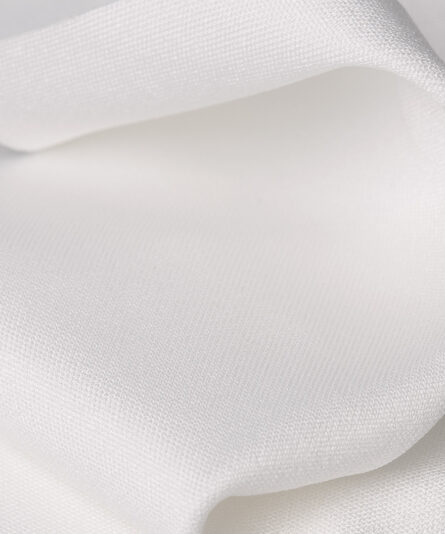

HAVE AN IDEA FOR CONTENT?
We are always looking for ideas and topics to write about.
Contact Us